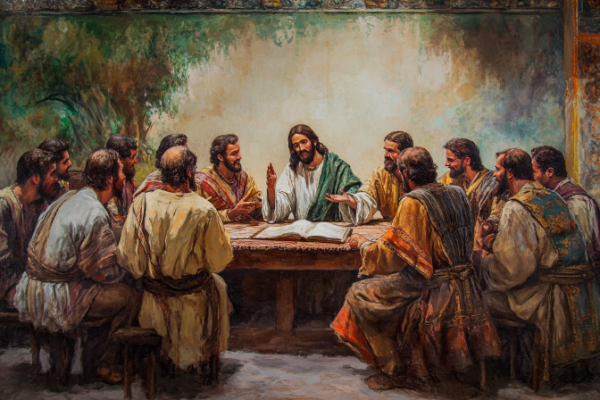Question
Gramps,
What does it mean to take up serpents and the rest of the scripture as well?
Tiffiney
Answer
Tiffiney,
Mark 16:18 is part of what is known as the Great Commission, where Jesus instructs His apostles about their mission to spread the gospel to all nations after His resurrection. This scriptural passage emphasizes the signs that will accompany true believers, serving as a testament to their faith and the divine authority bestowed upon them. To fully grasp the depth of this verse, it is crucial to examine the key phrases and their implications within the context of Latter-day Saint beliefs.
The phrase “take up serpents” has garnered various interpretations throughout Christian theology, particularly in the context of The Church of Jesus Christ of Latter-day Saints.
1. Symbolic Meaning: The act of “taking up serpents” is often viewed symbolically. In biblical literature, serpents frequently represent evil or sin. Thus, this phrase can be interpreted as a metaphor for overcoming spiritual dangers and adversities. Believers are reassured that through their faith in Jesus Christ, they are empowered to confront and triumph over challenges, both tangible and intangible. This aligns with the belief that faith provides believers with divine protection as they fulfill their missions (History of the Church, Vol I – Joseph Smith, comments by B. H. Roberts).
2. Historical Context: In the early days of Christianity, the apostles faced significant persecution and danger while spreading the gospel. The promise of protection from physical threats would have been especially comforting to them. Instances of miraculous protection in the face of danger were seen as affirmations of God’s favor and power. Church leaders have emphasized that while miraculous signs can occur, they are not to be sought recklessly (The Inevitable Apostasy and the Promised Restoration, Tad R. Callister).
3. Modern Interpretations: Within The Church of Jesus Christ of Latter-day Saints, Church leaders teach that the verse should not be taken as a literal command to handle snakes or consume poison. Instead, it reflects the protective power of God in the lives of believers as they engage in missionary work and serve others. This interpretation encourages members to act in faith without placing themselves in unnecessary danger, recognizing that God’s protection is granted through faith and obedience.
To fully appreciate Mark 16:18, it is essential to consider its broader context, which encompasses the entire Great Commission.
- Preaching the Gospel: The Great Commission is a call to action for believers to spread the message of Christ’s resurrection and salvation. This foundational aspect of the faith underscores the importance of sharing the gospel with others, which is a central tenet of The Church of Jesus Christ of Latter-day Saints.
- Signs Following Believers: The signs mentioned in Mark 16:17-18, including healing the sick and protection from harm, serve as manifestations of divine approval and the truth of the gospel message. Members of the Church believe that through faith, they can experience these signs, reflecting their commitment to living the gospel (History of the Church, Vol. 1, B. H. Roberts).
- Faith in Action: The teachings of the Church emphasize that faith is not a passive state; it involves actively living the principles of the gospel. The command to lay hands on the sick represents the belief that healing can occur through faith and the power of the priesthood (Doctrine and Covenants 84:87).
Latter-day Saint leaders have consistently emphasized the importance of faith, divine protection, and the potential for miracles. Elder Jeffrey R. Holland, a member of the Quorum of the Twelve Apostles, has articulated the significance of faith in healing, noting that while miraculous occurrences can happen, they ultimately depend on God’s will and are not to be treated lightly or sought after for spectacle. Church teachings encourage believers to cultivate their faith, engage in service, and seek spiritual gifts, while also emphasizing the need for humility and obedience.
In practical terms, Latter-day Saints are encouraged to exercise their faith through service, prayer, and participation in ordinances. While they believe in the power of miracles, there is a strong emphasis on living a life of faith that aligns with the teachings of Jesus Christ. The Church teaches that believers should not seek signs as an end in themselves but rather focus on serving others and building their faith in God.
Gramps





